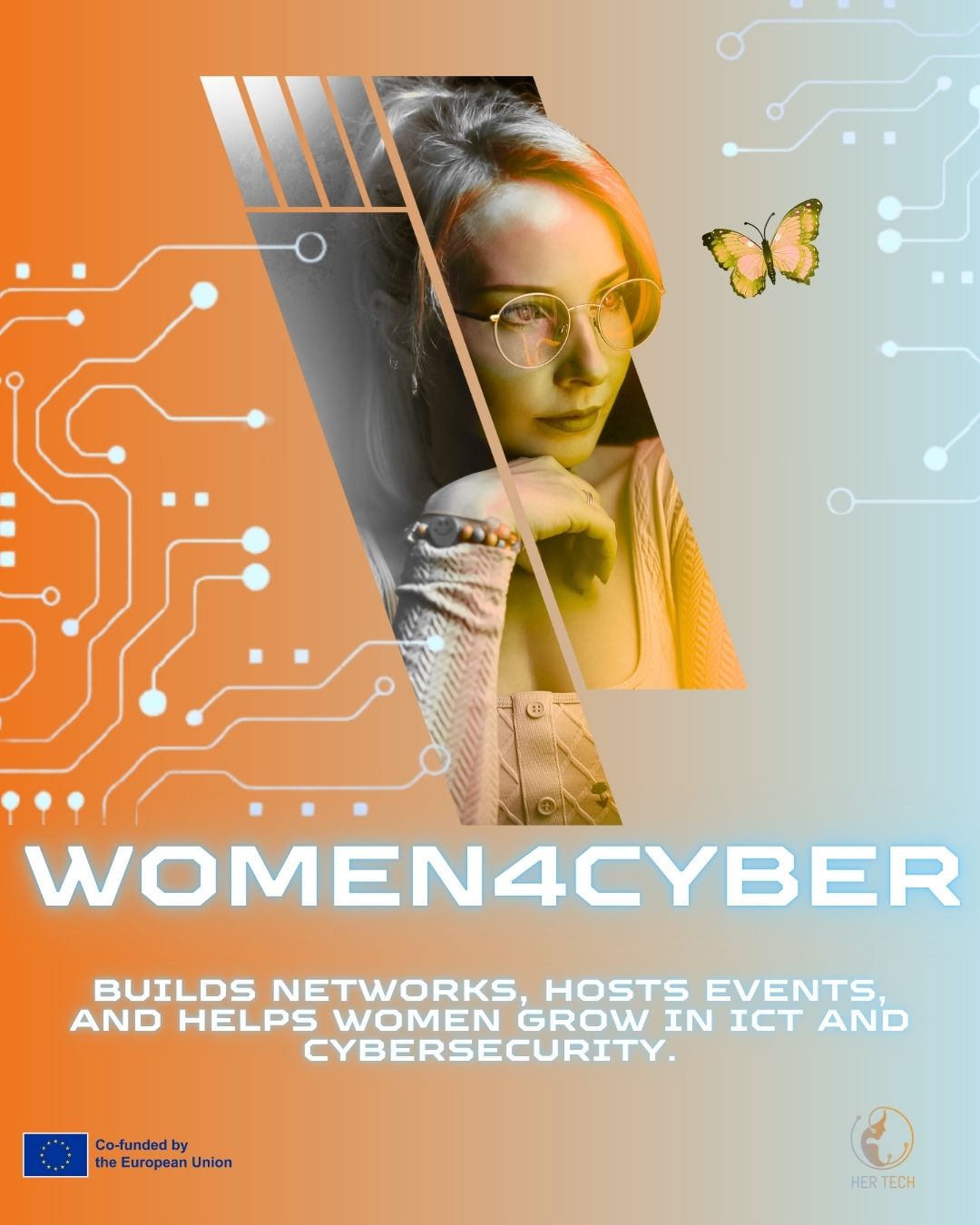As Her Tech has several research phases, one of our investigation lines focuses on identifying key factors and actors that influence young girls’ aspirations to pursue ICT studies and professions. Research indicates that early-life experiences and cultural context strongly shape children’s later choices. This is why it is important to give girls positive experiences with computers and technology from an early age.
Finnish author and designer Linda Liukas (born in 1986) is well known for making coding approachable to young people. She was among the founders of RailsGirls learning events, and her Hello Ruby books have introduced programming concepts to children.
Recently, Liukas expanded this vision into the physical world by helping to create an innovative playground in Helsinki, designed to make abstract coding concepts embodied, tangible, and active. The Ruoholahti Computer Playground explores how children can learn about the logic of computers not through screens but through movement, creativity, and play.
Play that mirrors the processes of code
One of the challenges of modern education is that children often encounter computers only as screens. The Ruoholahti project takes a different approach: it invites children to experience computing with their whole bodies. The playground was built in collaboration with the City of Helsinki, landscape architects Näkymä, and the Danish playground design company Monstrum. Teachers and educators were involved throughout the design process.
The Ruoholahti Computer Playground includes more than twenty activities that connect computing with active play. The goal is not to teach children to code directly but to give them an intuitive understanding of computational thinking. Jumping, climbing, and moving through the playground structures mirror how a computer processes information—breaking down problems into steps, recognizing patterns, and understanding cause and effect. The idea is that through these embodied activities, children who visit the playground become better equipped to grasp more abstract computing processes such as algorithms, conditionals, and data flow later on.


Collaborative play as “software”
The playground structures can be seen as the hardware, while an accompanying curriculum—the rules and suggestions for play—functions as the software. These activities are aligned with Finland’s national curriculum across subjects such as language, mathematics, ICT, and physical education, allowing teachers to integrate them into lessons. QR codes attached to the playground’s equipment link to these educational resources, which can also be used outside Helsinki. A patch of sidewalk and a piece of chalk are enough to begin experimenting with computational ideas.
Examples of the “software” side of the playground include:
- Asphalt Code – Children design and walk out programs using jumps, turns, and steps on a giant grid.
- Programmer Says – A logic game on trampolines introducing loops, conditionals, and debugging.
- Computer Tower – Climb in as data input, slide out as output.
- Virus Tag – A new kind of tag game inspired by cybersecurity concepts.
Why it matters for the future of ICT education
For many girls, the first contact with computers can feel distant or intimidating. The playground seeks to change this by associating computing with play, imagination, and collaboration. It demonstrates that understanding how a computer works can be as natural as climbing, drawing, or playing with friends. In the end, there are no fixed rules—or children can invent their own!
The Ruoholahti Computer Playground is an inspiring example of pedagogical thinking outside the (sand)box. It opens new ways to introduce computing concepts early in life, before social stereotypes begin to shape interests and ambitions. The pedagogical idea is to help children experience computing as something social, playful, and creative. Research shows that this type of learning approach is particularly engaging for girls, who often prefer collaborative and imaginative activities over solitary, screen-based tasks.
Early experiences like these can shape how children—especially girls—perceive technology later. Instead of viewing coding as abstract or competitive, they can see it as a tool for creation and problem-solving. Such positive, embodied introductions can build confidence and curiosity, encouraging more girls to pursue ICT studies in the future.
As Linda Liukas puts it:
“Play is not the opposite of learning. It is learning.”
Learn more and see pictures on Linda Liukas’s website: https://www.lindaliukas.com/playground.html
Pictures by: Sakari Röyskö / Helsinki




